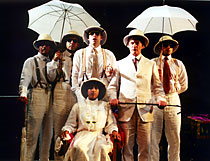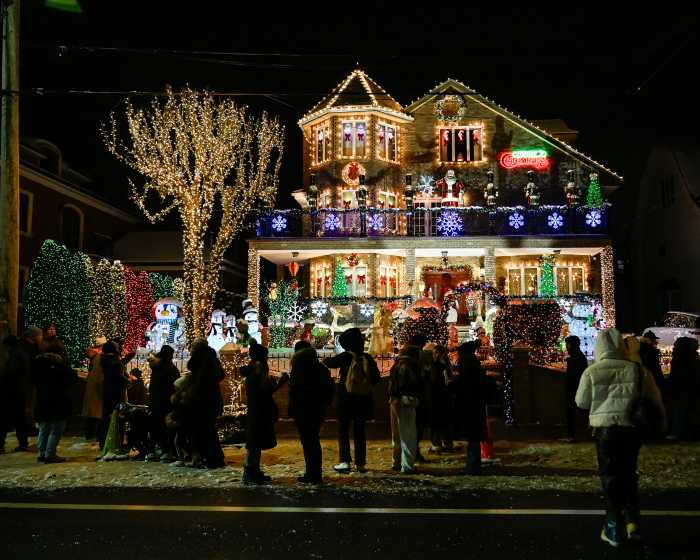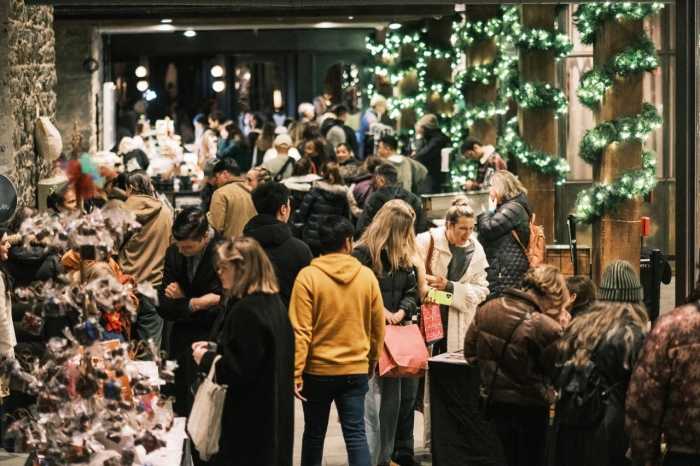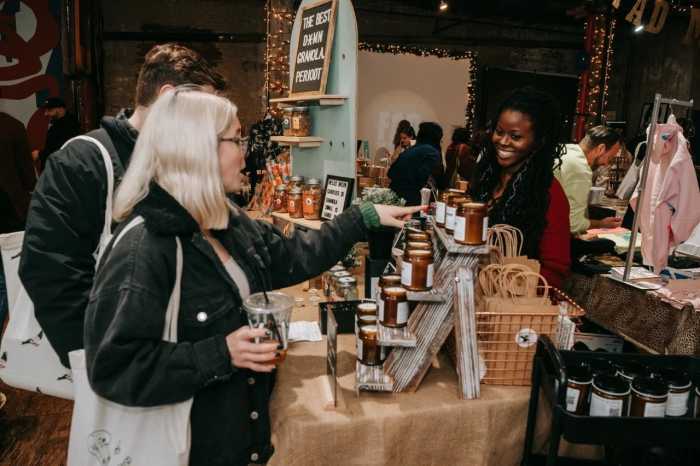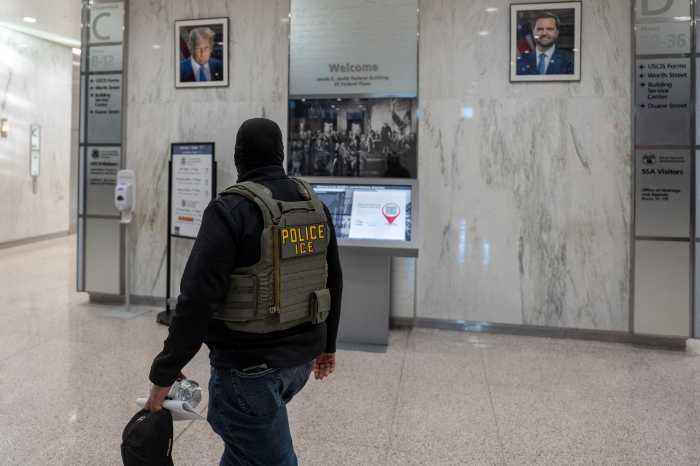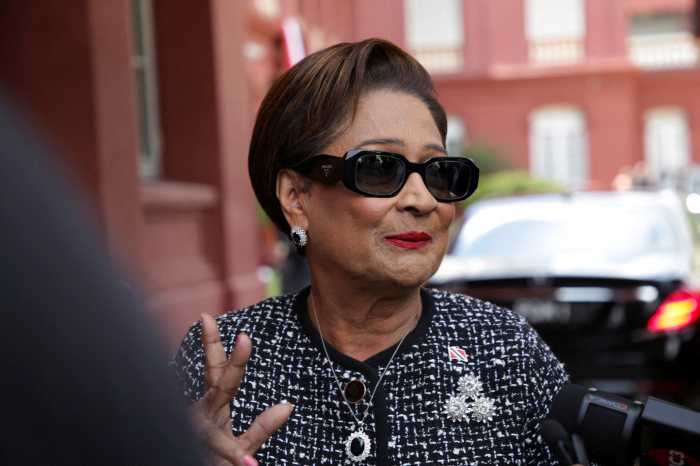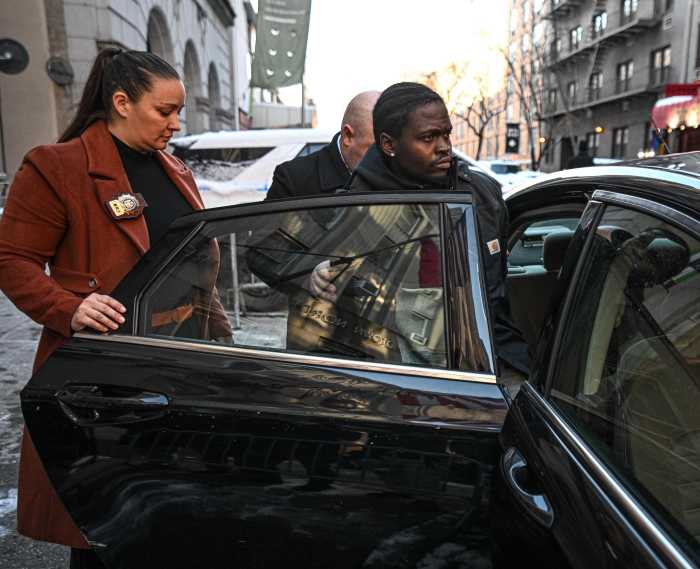During a stay in India in the mid-1990s,
director Nancy Meckler recalled E.M. Forester’s classic "A
Passage to India," which she had read many years earlier,
and began to fantasize about putting it on stage.
Two years ago, Meckler’s company, Shared Experience, used the
stage adaptation by Martin Sherman (who received a 2004 Tony
nomination for Best Book of a Musical for "The Boy From
Oz") to create the production that is having its New York
City premiere at BAM’s Harvey Theater on Nov. 2.
Sherman’s play, like the novel, captures the tensions that arise
when a young Indian, Dr. Aziz, an admirer of the British colonialists,
is falsely accused of sexually assaulting an English woman, Adela
Quested. The incident gives rise to hysterical racial prejudice
in both the Indian and British populations. At the same time,
there is a strong mystical and religious flavor to the work,
based on the confluence of Islam and Hinduism in that country.
New York-born-and-raised Meckler, who has lived in England for
the past 30 years, brings to the story her distinctive performance
style that unites physical and text-based theater.
"We’re always very interested in expressing what’s going
on inside people physically," Meckler told GO Brooklyn.
"Although the visual and physical life of the characters
is explored, so is the text. The text is not secondary. It is
still major."
Meckler talked about two sequences when two characters go into
the Marabar Caves and have very different experiences: "We
looked at the book, and to a certain extent, it’s almost as if
the cave represents the subconscious. We decided to have a line
of people representing the cave. Each time the characters face
them, the characters see something hidden, such as desire or
fear."
Music, lighting and set all combine to give the production a
dreamlike quality.
"Two Indian musicians are onstage watching the action. One
plays an Indian drum – tabla – and the other improvises on an
Indian violin. There is music, both live and prerecorded throughout
the play," she said. "The set is made of beaten bronze,
scored and etched so it has an atmospheric feel. [A heavy, dark-gray
drape backdrop also creates a metallic effect.] There is complex
lighting similar to ’Anna Karenina’ [Shared Experience’s BAM
debut at the 1998 Next Wave Festival] that constantly transforms
the set."
Meckler, who has also worked in film ("Sister My Sister"
in 1994 and "Alive and Kicking" in 1997), readily concedes
the cinematic influences in her stage work.
"When you watch our scenes on stage, they melt into each
other, much like film. We can slide into a different place and
time in a minute," she explained.
In the first act, the back wall and a row of tables become a
mosque, country house, cave, station, train, gardens with a fountain
and a hospital.
This same fluidity also applies to the costume changes.
"In the beginning, all the characters are dressed in white
linen, like Indians," said Meckler. "They remain in
white linen throughout the play, but they do little things to
their costumes to turn themselves into other characters. One
minute they’re Indians, the next minute they’re Brits. Some Asians
play Britons and some Britons play Asians."
Meckler, whose son – SoHo Rep artistic director Daniel Aukin
– lives in Boerum Hill, said she started working on "A Passage
to India" before 9-11.
"At that time, the book [written in 1924] didn’t seem politically
relevant. Now some lines seem so relevant people think Sherman
wrote them," said Meckler. "So much of the work is
about misunderstandings between different people and the characters
who think they can reach across the divide."
At a time when both the world and our own nation are so decisively
divided, "A Passage to India" couldn’t be more topical.
A Shared Experience’s production of
"A Passage to India" runs Nov. 2 through Nov. 6 at
7:30 pm. Tickets are $25, $40 and $60. BAM Harvey Theater is
located at 651 Fulton St. between Ashland Place and Rockwell
Place in Fort Greene. For more information, call (718) 626-4100
or visit www.bam.org.


